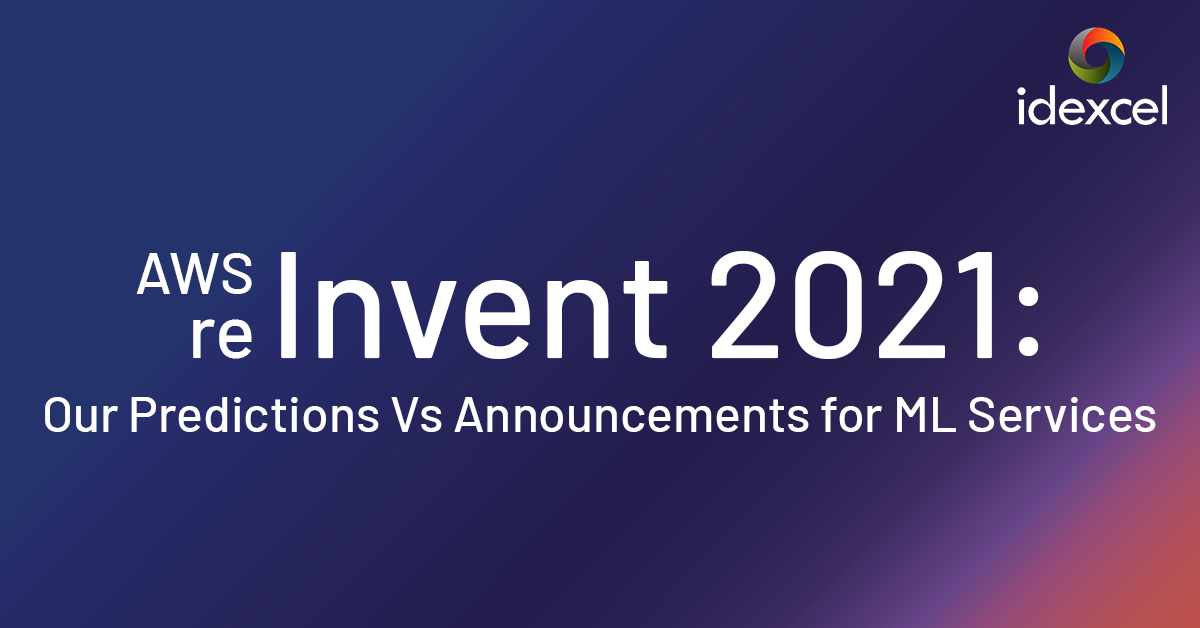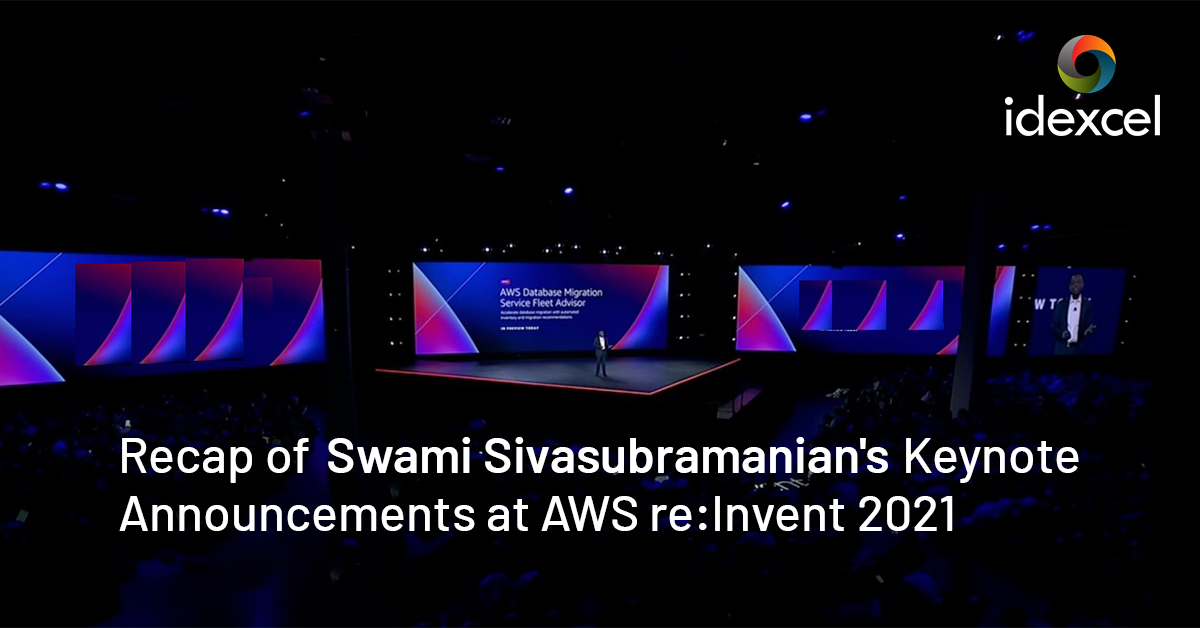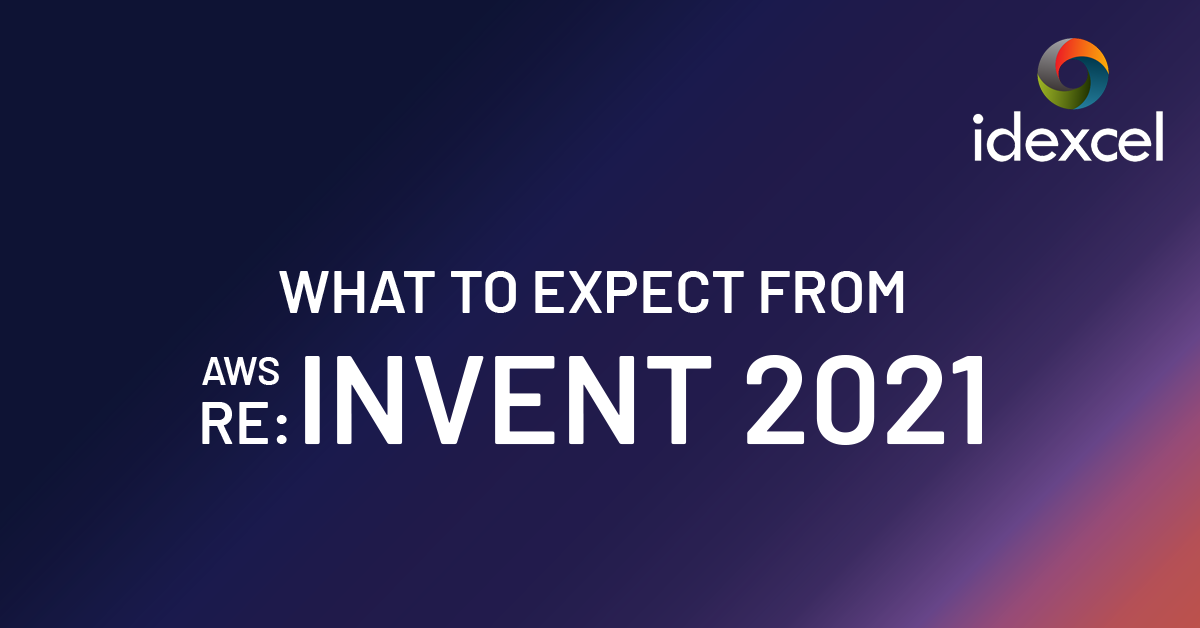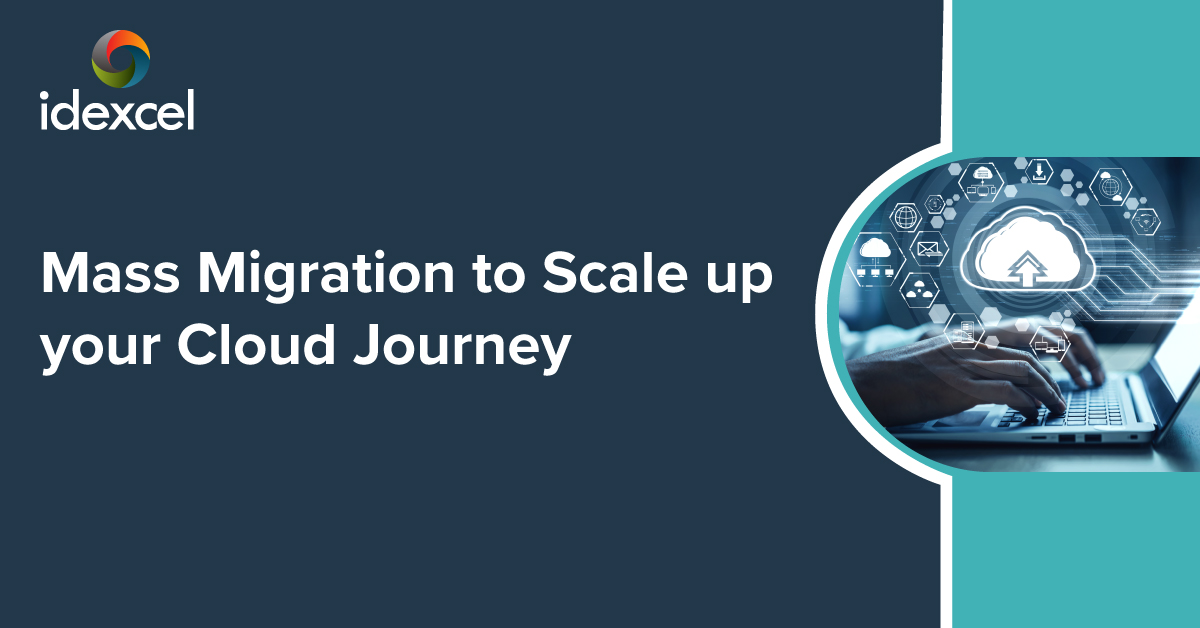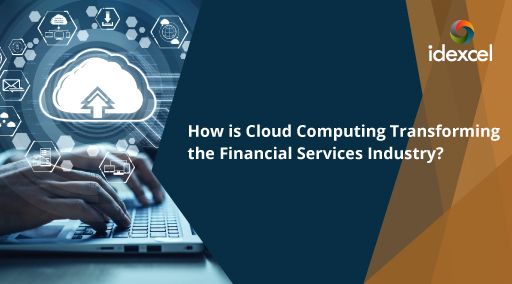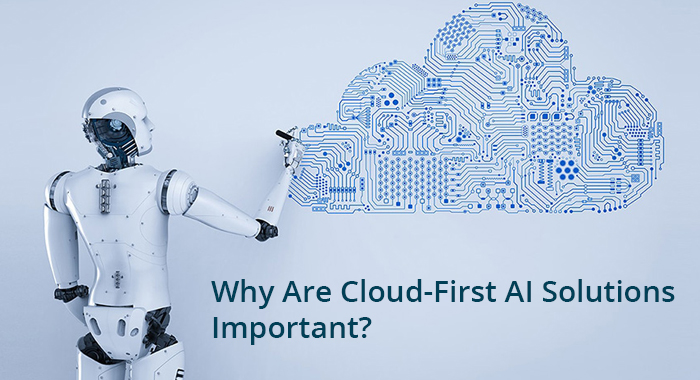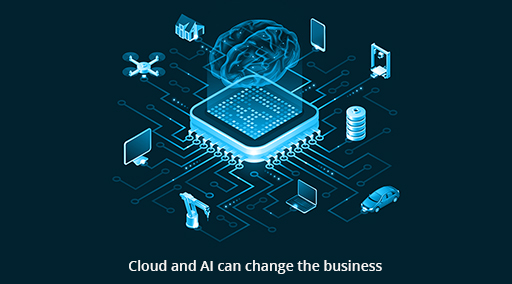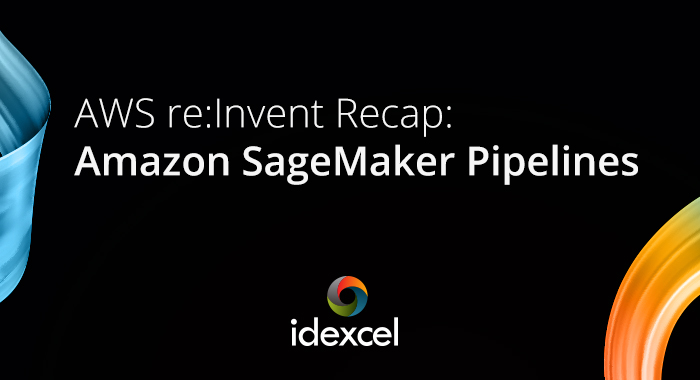
In today’s digital age, where data is important for businesses and cyber threats are constantly evolving, cloud security has emerged as a critical necessity for every organization. The rapid adoption of cloud computing has transformed the way businesses operate, offering unprecedented flexibility, scalability, and cost-efficiency. However, this paradigm shift also brings forth a range of security challenges that organizations must address to safeguard their sensitive information and maintain the trust of their customers. In this article, we will delve into the key reasons why cloud security is essential for every organization.
1. Data Breach Prevention
The occurrence of data breaches can cause severe disruptions to organizations, resulting in financial losses, reputational damage, and legal consequences. Cloud security provides robust measures to prevent unauthorized access and data breaches. With proper encryption, access controls, and authentication protocols in place, organizations can ensure that their sensitive data remains safe and confidential, even in a shared cloud environment.
2. Regulatory Compliance
Various industries are subject to strict regulatory frameworks governing the storage and protection of data. Cloud security solutions often come with compliance features that help organizations meet these requirements. Whether its healthcare data governed by HIPAA or financial data under PCI DSS, a robust cloud security strategy ensures that organizations remain compliant with industry-specific regulations.
3. Scalability Without Compromising Security
One of the key advantages of cloud computing is its scalability. Organizations can easily scale up or down based on their needs, but this scalability should not come at the cost of security. Cloud security solutions are designed to seamlessly integrate with the evolving infrastructure, ensuring that as organizations grow, their security posture remains intact.
4. Mitigation of Advanced Threats
Cyber threats are becoming increasingly sophisticated, with hackers employing advanced techniques to breach even the most fortified systems. Cloud security leverages Artificial Intelligence (AI) and Machine Learning (ML) to detect and mitigate these evolving threats in real time. By analyzing patterns and anomalies across a vast dataset, cloud security systems can identify potential breaches before they cause significant damage.
5. Business Continuity and Disaster Recovery
Unforeseen events such as natural disasters, hardware failures, or cyberattacks can disrupt business operations. Cloud security solutions often include robust disaster recovery features that enable organizations to quickly recover data and applications, minimizing downtime and ensuring business continuity.
6. Cost-Efficiency
While investing in cloud security might seem like an additional expense, it is a cost-effective approach in the long run. The financial impact of a security breach far outweighs the investment in proactive security measures. Moreover, cloud security eliminates the need for organizations to invest heavily in on-premises infrastructure and maintenance.
7. Flexibility and Collaboration
Cloud security facilitates secure collaboration among employees, partners, and clients, regardless of their geographic locations. This flexibility enhances productivity and innovation, allowing teams to work together seamlessly while ensuring that sensitive information is protected.
8. Reputation and Trust
Maintaining the trust of customers and stakeholders is paramount for any organization. A single data breach can erode years of hard-earned reputation. Robust cloud security measures demonstrate an organization’s commitment to protecting customer data, thereby enhancing trust and credibility.
9. Centralized Security Management
Managing security across various on-premises systems can be complex and resource-intensive. Cloud security offers centralized management, allowing organizations to monitor, update, and enforce security policies consistently across their entire infrastructure.
10. Future-Readiness
As technology continues to evolve, organizations need to be prepared for the security challenges of tomorrow. Cloud security providers are dedicated to staying ahead of emerging threats, ensuring that organizations are equipped with the latest tools and strategies to combat evolving cyber risks.
In conclusion, the importance of cloud security cannot be overstated in today’s digital landscape. With the benefits of cloud computing also come the responsibilities of securing valuable data and maintaining the trust of stakeholders. From preventing data breaches and ensuring compliance to enabling scalability and fostering collaboration, cloud security is an investment that yields invaluable returns in terms of safeguarding sensitive information and securing the future of the organization.
Contact our cloud security experts and protect your valuable and sensitive business data.
